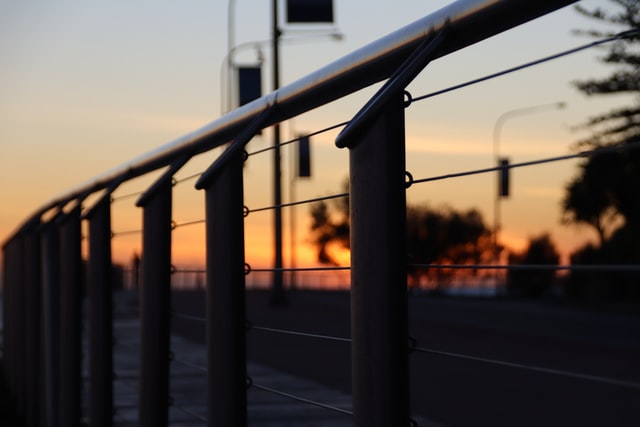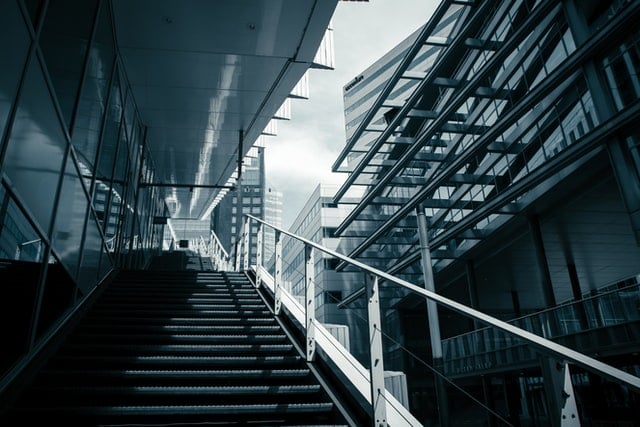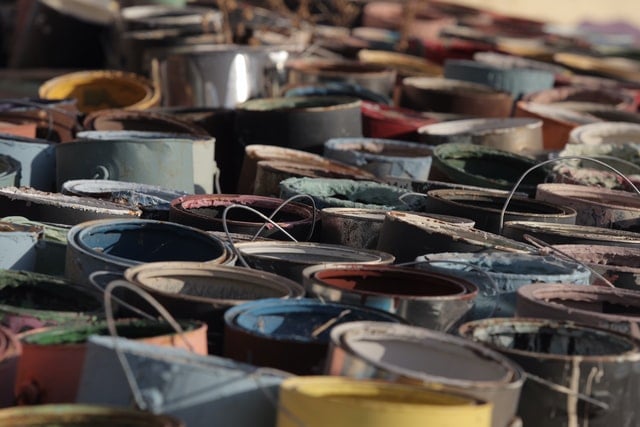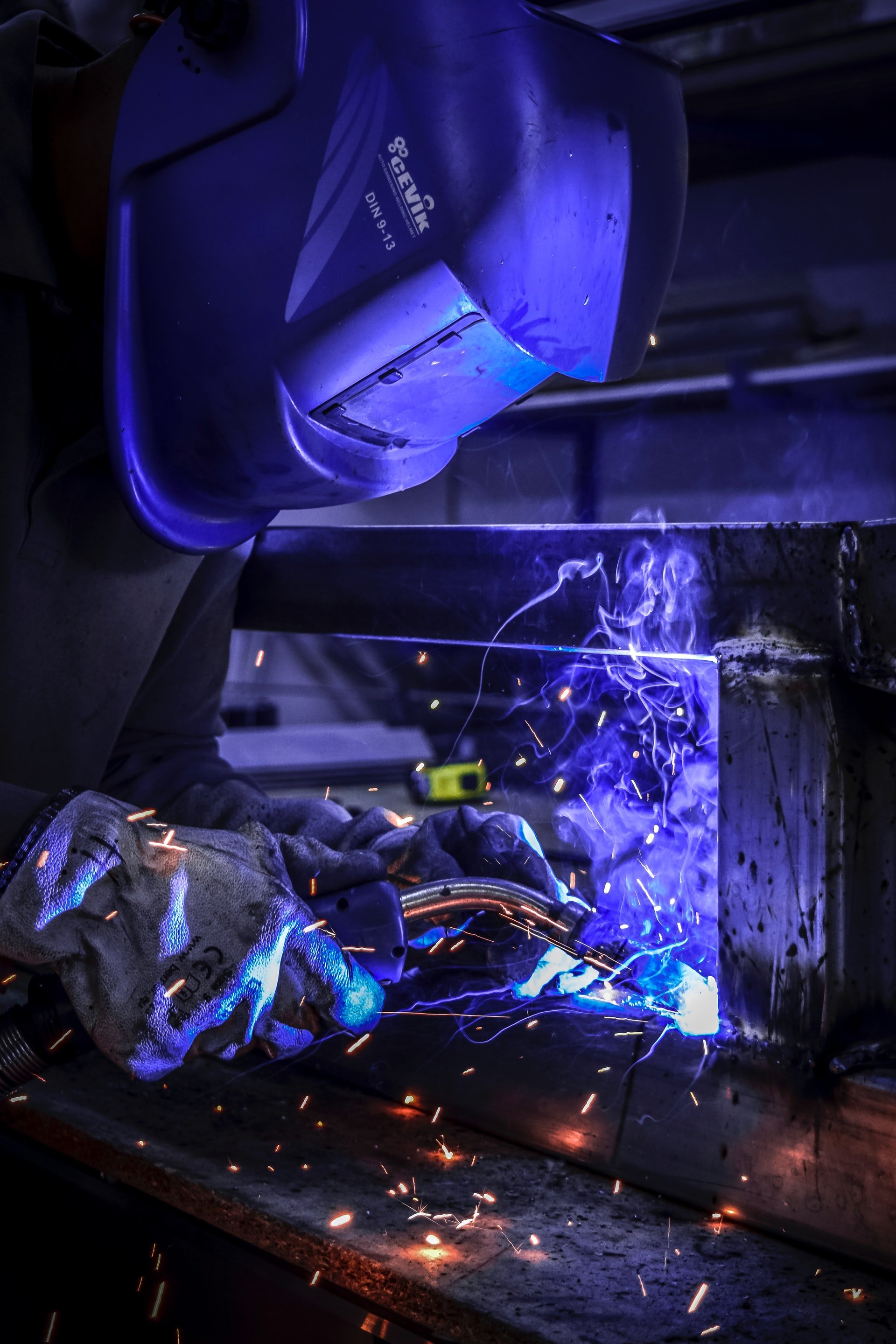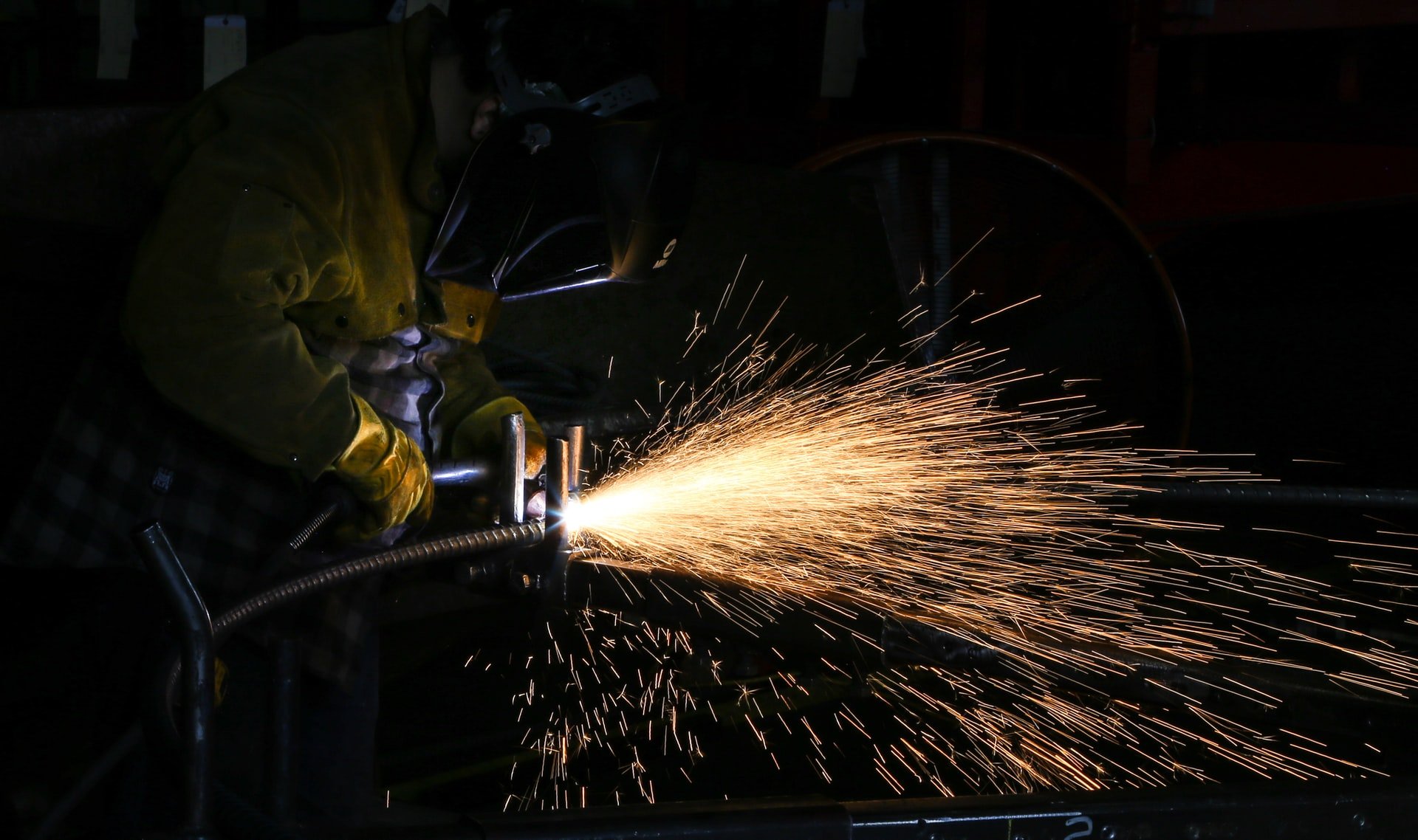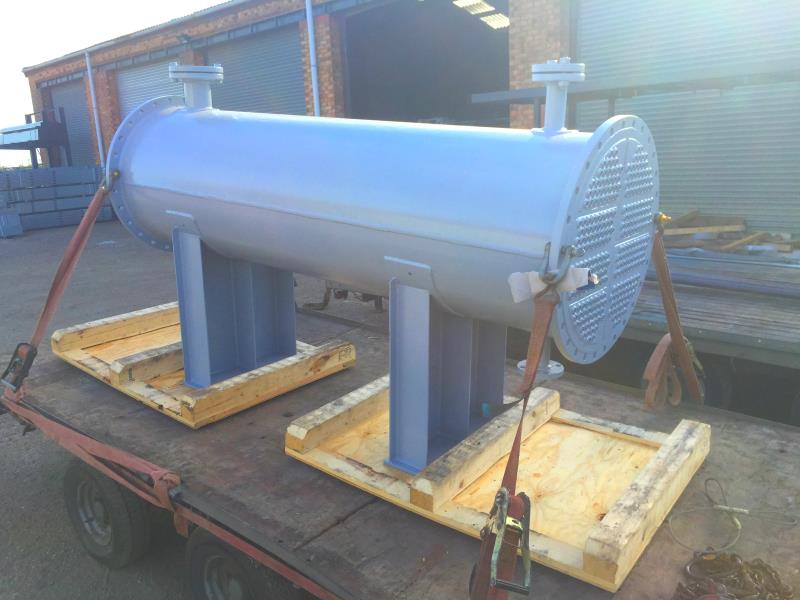
Soda blasting is a revolutionary technique of cleaning and stripping paint off different surfaces. It’s abrasive but non-destructive, so this process can be used for fragile items such as panels of cars and it won't damage them. It doesn't contain toxic chemicals and is safe for the environment.
Unlike other cleaning methods, soda blasting uses air to remove any paint with soda on the surface without leaving any marks underneath. The original item will stay intact; only the paint will be removed. It can also be used to prepare the original surface to paint or for repainting. There are certain principles, precautions, and benefits that you may not know about soda blasting. Here is a summary of the main ones:
1. Generates Friction
With friction comes heat and some materials (plastic, for example) are thermal insulators. It means that plastic can melt and burn if you aren't very careful.
2. Keep A Safe Distance Between Surface & Nozzle
You can get a very fast air flow with a compressed air nozzle. However, it's vital to keep a distance between a nozzle and plastic parts. If you need to smooth out a surface, use bigger grits.
3. Check Grit Sharpness
An abrasive should have sharp edges. If you use glass beads, they will bounce off and deliver no results. Only grit with sharp edges can chop off the surface. If you choose the wrong abrasive, it will result in surface flaking.
4. Check The Abrasive Diameter
The diameter of the abrasive grains affects how much punch per particle you will get. Bigger particles have higher kinetic power. They have a smaller chance of getting the particles in the surface but can leave marks.
5. Reduced Waste
Materials used for soda blasting can be dissolved in water. After filtering it out, you can discharge the water to open waterways or treatment systems. Soda blasting has less than 5% of waste volume, which is almost 90% less compared to traditional cleaning techniques. This advantage becomes even more important if we think about landfill costs.
6. Great Rust Inhibitor
Rust won't form on a surface treated with soda. Rust grows in moist and acidic environments. Free moisture attaches to carbon dioxide and forms carbonic acid. It produces ferrous ions, which form rust. Soda prevents the release of ions and sops the formation of rust.
7. Cleaning Is Easy
Standard sand blasting creates dirt and leaves oil, grease, and particles on the treated surface. The process of conventional blasting requires cleaning. Soda blasting doesn't have this problem and cleans the surface in one step, providing cleanliness that can't be found in other processes. Since coating adhesion depends on the cleanliness of the surface, soda blasting is the best option to prepare it for painting and other protective coatings.
Save Time & Get A Better Result With Soda Blasting
With soda blasting, it's possible to save time by degreasing, depainting and cleaning in one step. It's a modern alternative to traditional cleaning and blasting techniques. To find out more, please call us today on 01945 464 637.




